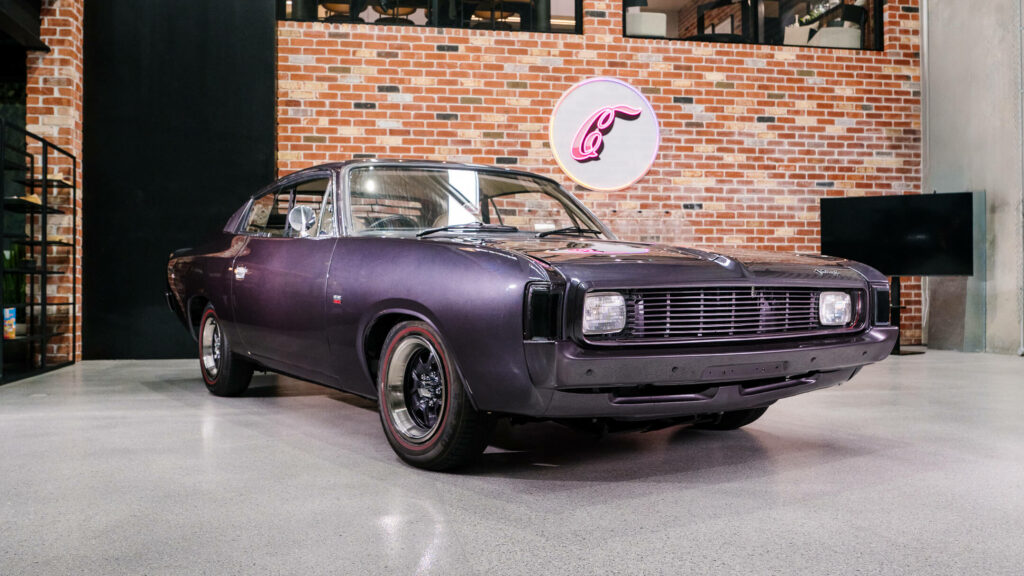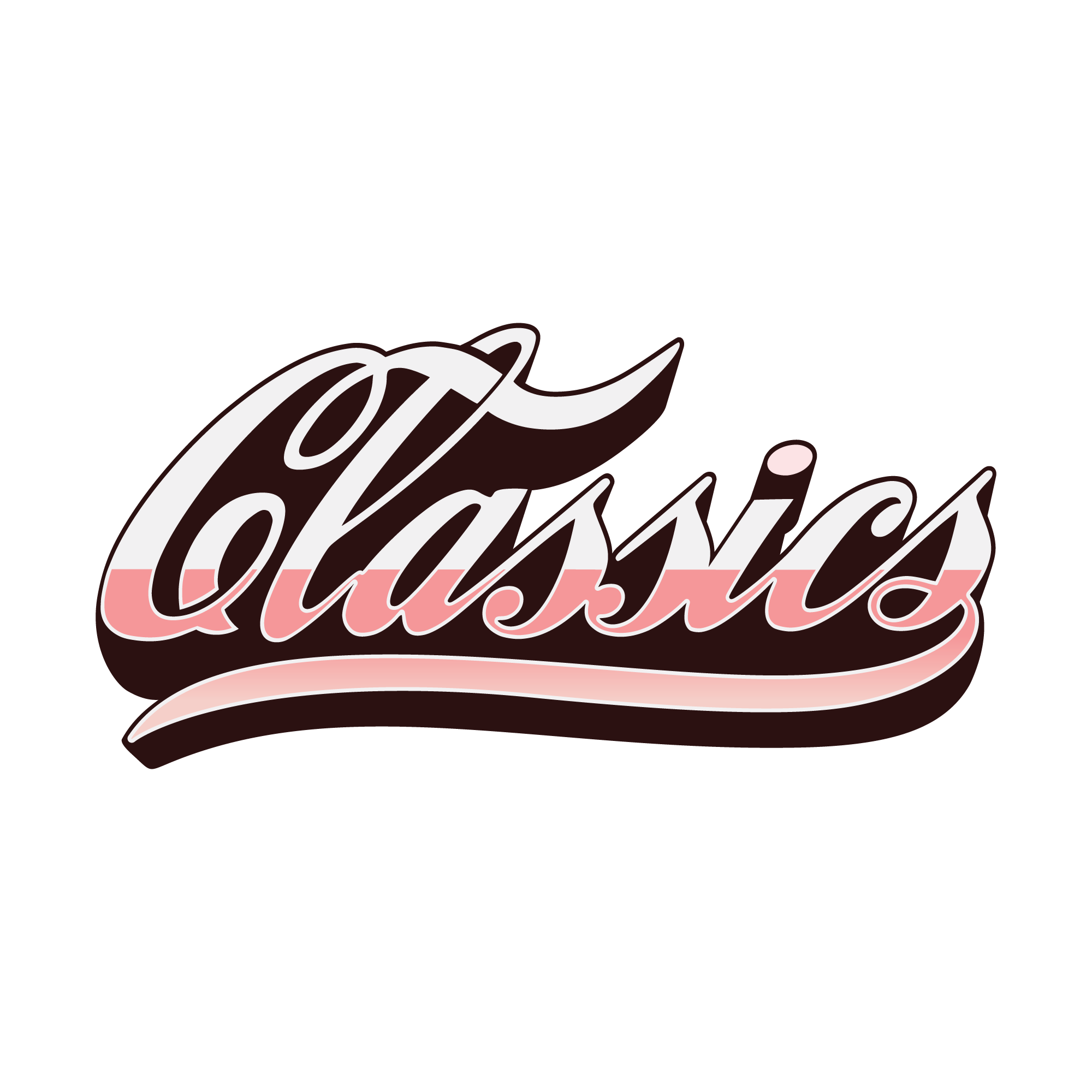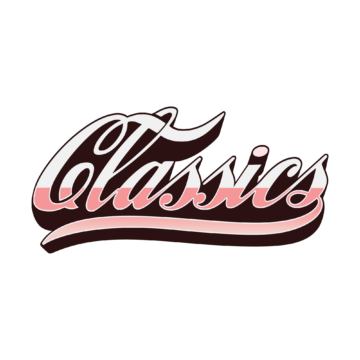Straight Shooter Hemi Inline-Six Vs V6 Pack Puncher
Why the Hemi Six Still Holds Its Ground Against the V6
When you think of six-cylinder power, the modern world gives you a V6. Neat. Compact. Efficient. But in early ’70s Australia, we had something better. A straight-six with Hemi-bred heads, sitting under the bonnet of the 1972 VH Charger XL. That Hemi inline-six engine changed the game.
This wasn’t a compromise between a four and a V8. It was a performance weapon built for real drivers. And it still stands tall today. Here’s how the Hemi inline-six engine compares to the average V6, then and now.
Six-Cylinder History: Why the Hemi Six Was King of Its Time
Pre-1980s, the V6 was an oddball.
Most six-cylinder engines were inline-sixes. They were smoother, easier to balance, and simpler to build. You didn’t need balance shafts, and the crank geometry just worked. That’s why the Hemi inline-six engine made sense, it delivered clean power with minimal fuss, and it took punishment without complaint.
V6s existed, but barely. A few European marques like Lancia toyed with them in the ‘50s. GM had a go in the ‘60s with Buick’s 198ci V6, but it was rough and mostly built to save cost, not chase performance. The truth is, if you had a six-cylinder car before 1980, it was almost always an inline-six.
So what changed?
Modern engine bays got tighter. Transverse front-wheel drive layouts became the standard. Inline-sixes were too long to fit sideways and left no room for crash structure or accessories. Emissions standards got stricter. Manufacturers needed compact engines that could take on turbochargers and catalytic converters without redesigning the whole car.
That’s when the V6 took over.
But to make it work, you needed tech. Balance shafts. Smart engine mounts. ECU tuning to kill vibration. It was a compromise,more about fitting into the car than standing on its own merits. The V6 is a product of packaging, not passion.
The Hemi inline-six engine wasn’t built for that world. It came from a time when cars were designed around the engine, not the other way around.
Engineering Differences: Linear Vs Bank
Hemi Inline-Six (245/265)
The inline-six layout is naturally balanced. All pistons fire in a straight line, which means less vibration and smoother delivery. It comes with fewer moving parts and a stronger crank. The Aussie Hemi version wasn’t just smooth, it was aggressive. Large ports, big valves, strong bottom-end torque. It was built to be revved and thrashed. The Hemi inline-six engine was ready to go hard.
V6 (Generic modern examples)
The V6 was designed to be compact. It fits better in tight bays, especially front-wheel drives. But the design needs balance shafts to fight vibration. Power can feel peaky unless you throw in a turbo or two. It’s built for space and emissions compliance, not excitement.
Verdict
The inline-six is longer but smoother. The V6 is more compact but often relies on technology to overcome its flaws. The Hemi inline-six engine didn’t need tricks. It just worked.
Power Delivery: Who Hits Harder
Hemi Inline-Six (265ci)
In high-performance spec, the 265 pushed out up to 302 horsepower. That’s V8 territory, without forced induction. Torque came on early and pulled all the way through. It made the Charger a genuine threat on the street and the strip. The Hemi inline-six engine brought muscle with none of the excess.
V6 (Modern NA & Turbo)
Most naturally aspirated V6s struggle to match that kind of output. Turbocharged V6s can pull higher numbers, but with added complexity, turbo lag and a muted soundtrack. What you gain in stats, you lose in feel.
Verdict
Modern V6s can chase numbers, but they rarely deliver the mechanical honesty of the Hemi inline-six engine. The Hemi gives you raw push you can feel, not just read off a screen.
Tuning Potential: Who’s Got More to Give
Hemi Six
No electronics. No software limits. You could hot up a Hemi inline-six engine with a better cam, bigger carbies, and a good tune. It handled mods well and took punishment without fuss. It was a real builder’s engine. What you saw is what you worked with.
V6
Most modern V6s are buried behind ECUs, sensors, and emissions controls. Sure, you can tune them, but you’ll need a laptop and a lot of patience. It’s less about getting your hands dirty, more about unlocking potential hidden behind safety limits.
Verdict
The Hemi inline-six engine is old-school muscle that rewards skill. The V6 is a controlled unit that needs tech to wake up. One’s a wrench-and-spanner engine. The other’s a computer case with pistons.
In the VH Charger XL: Where It Belongs
The 1972 VH Charger XL had street presence from every angle. A short wheelbase, wide stance, coupe body. It was tough without trying. And when optioned right, it came with a 245 or 265 Hemi inline-six engine under the bonnet.
That combo gave you balance, torque, and lightness up front. It handled tight, launched hard, and had more character than any V6-powered car today. You didn’t need a V8 to have a weapon. The Charger with a Hemi inline-six engine proved that every time it left the line.
Final Word: The Legacy of the Hemi Six
The Hemi inline-six engine doesn’t need defending. It has already earned its place. Smooth, strong, and made to rev, it packed serious punch without relying on complexity. In the VH Charger XL, it became more than just an engine. It became a statement.
It was the powerplant for the bloke who didn’t follow trends. The one who wanted raw response, real metal, and a straight-up fight on the street. No computers, no frills,just torque, timing, and a proper soundtrack.
The Hemi inline-six engine still holds respect because it delivered. It still does. And when you hear that unmistakable note from under the bonnet of a Charger, you know exactly what you’re dealing with.
Old-school muscle, built right. Still turning heads. Still pulling hard.
JOIN VIP AND STACK ENTRIES INTO ALL OF OUR UPCOMING GIVEAWAYS PLUS MORE
Unique to VIP members only – Join Now for automatic entries every month into all of our upcoming giveaways!

Win A 1972 Valiant VH Charger XL
Worth $150,000
Featuring:
• 265ci Hemi inline six cylinder engine rebuilt with a mild cam
• Original 3-speed manual transmission
• Hemi Performance disc brake, LSD rear end
• Factory Metallic Plum Paintwork
• Off-white interior with retrimmed seats in VJ pattern
• Upgraded leaf springs and lowering blocks
• Floor-mounted shifter
• 14″ Factory Sport wheels with red-striped tyres
• Original factory steering wheel
• Genuine factory thumb wheel radio with Adam Lochead facia
• Bare-metal rotisserie restoration


